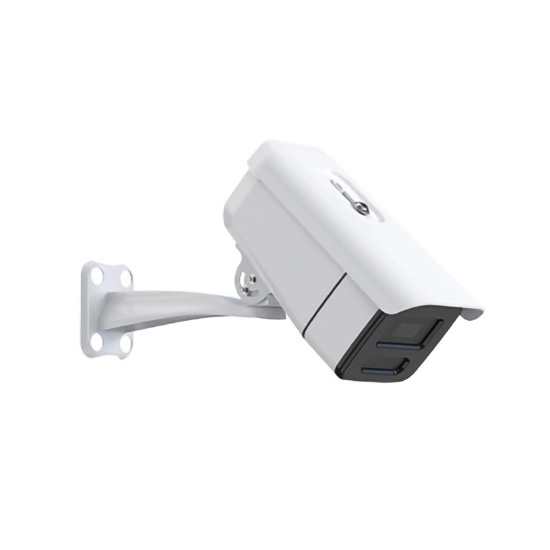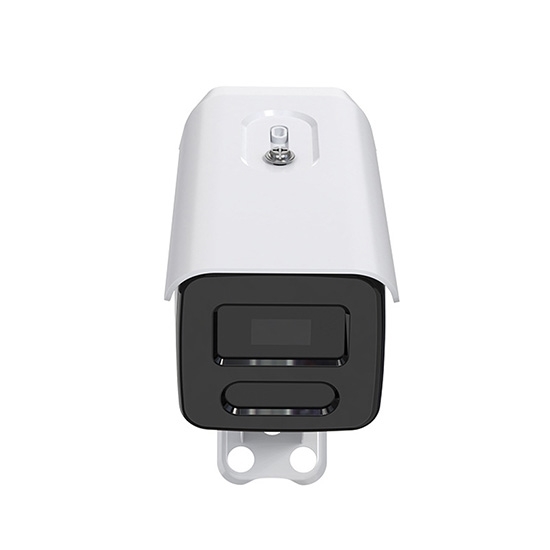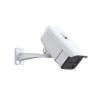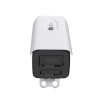



- Stock: In Stock
- Model: RDDLZ-SDS-LSD
- Weight: 1.00
- SKU: RDDLZ-SDS-LSD
Available Options
The snow depth sensor uses non-contact laser ranging technology with temperature compensation function and can work outdoors for a long time. It is widely used in meteorological stations, flow monitoring, transportation, aviation monitoring, agricultural production monitoring and other fields.
Features
- Laser snow depth sensor adopts the phase laser measurement principle, which can accurately measure the height of snow accumulation within 1 second.
- The snow depth sensor supports dual power supply of mains and solar power. When the mains power is off, the solar panels and batteries will provide continuous power supply to ensure the normal operation of the equipment.
- It can be used in conjunction with the weather station, has strong compatibility, and supports the cloud platform to display other monitoring elements at the same time.
- Snow depth sensor has a high protection level of IP65, is windproof, rainproof, and corrosion-resistant, and can operate stably for a long time in outdoor environments.
- The sensor has a built-in low-temperature automatic heating function, which effectively prolongs the life of the laser light-emitting tube and ensures that stable and continuous observation data can be provided under heavy snow or blizzard conditions.
Specification
| Model | RDDLZ-RS-LSD-*-1 |
| Power supply | DC 10-30V |
| Max. power consumption | 0.8W |
| Working temperature | -40℃~+80℃, 0%RH~95%RH |
| Resolution | 1mm |
| Accuracy | ±1mm |
| Range | 0.05~1.5m |
| Output method | RS485/Ethernet/WIFI/LORA (optional) |
| Laser type | 635nm,<1mw |
| Laser class | Ⅱ class |
| Single measurement time | 0.05~1s |
| Spot size | Spot spot 5mm@10m |
| Line spot 3mmX150mm@10m |
Dimension (mm)
Installation
Applications
Tips: Working principle of laser snow depth sensor
The laser snow depth sensor adopts the phase laser measurement principle. It accurately calculates the distance from the snow surface to the sensor by emitting laser pulses and receiving reflected signals. By measuring the time difference or phase difference of light waves, the sensor can quickly determine the thickness of the snow layer. The sensor not only has high precision and fast response capabilities, but can also work stably under severe weather conditions, and is suitable for meteorological monitoring, snow disaster warning, traffic safety and other fields.
